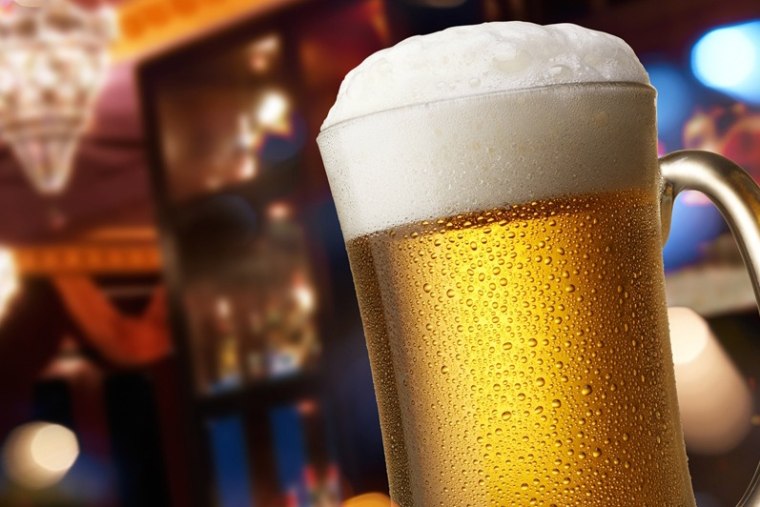MILWAUKEE — A tattooed man with a goatee shakes five dice in a black cup, slams it down on the bar and watches as they come to rest among half-full beer bottles and empty shot glasses.
"Nothin," he says in disgust as he quickly slaps down a $20 bill to buy another round of drinks, in a U.S. ritual of beer drinking after work that is undergoing a gradual decline.
"I used to get the third-shift Allen Bradley guys in the morning, but they have cut and cut jobs," said Terry Zadra, owner of the 177-year-old Zad's Roadhouse on the south side of Milwaukee.
The bar is just blocks from an industrial plant owned by Rockwell Automation, which bought Allen Bradley, a factory equipment company, in 1985.
One result of the 2008-2009 recession that reduced manufacturing jobs in places such as Milwaukee has been slower traffic at some bars, and sluggish beer sales nationwide over the past four years, according to industry analysts.
"Contrary to the myth that people go out and drown their sorrows, the truth is that beer drinkers are pretty responsible people and when they have to cut back, they're cutting back on their pleasures," said Chris Thorne, vice president of communications at the Beer Institute, a Washington-based trade group.
According to the institute, beer drinkers last year in the United States drank 203.4 million barrels, about 5 percent less than in 2008.
More concern about healthy living, stiffer drunk-driving laws and measures that ban smoking in places such as taverns have hit beer sales during the last couple of decades in Milwaukee and throughout the country.
"There has been a definite shift from the on-premise to the off-premise consumption," said Pete Madland, executive director of the Tavern League of Wisconsin. "The smoker, for instance, is going to the liquor store, buying a 12-pack of beer and going home."
Over the past few decades, it has become much less acceptable in the business community to have a drink during lunch or tip a few after work with colleagues.
"Society looks at that person that has a glass of beer with his burger like he has a drinking problem," Madland said.
A glimmer of hope for the industry is the high-end craft beer segment, which has seen sales increase by 14 percent during the first half of 2012 compared with the same period last year, according to the Beer Institute.
These regional and local brews are more expensive and tend to be more recession-proof than mass-consumption brands like Miller Lite and Bud Light.
"Those occupations that weathered the storm of the Great Recession and then a very weak recovery ... they were always able to afford a high-end beer," Thorne said. "We would still like to see that American pilsner part of the brewing market get back its share."
Despite the cultural and economic pressures, beer remains synonymous with Milwaukee, where brewers such as Fred Miller, Joseph Schlitz, Val Blatz and Frederick Pabst built their empires more than a century ago.
Even after heavy manufacturing of farm equipment, marine diesels and cranes became the dominant force in Milwaukee's economy, MillerCoors remains an institution, brewing about 10 million barrels of beer each year on the city's west side.
The love affair the city has for beer remains strong, evident in its Major League baseball team — the Milwaukee Brewers — paying homage to the city's beer makers while playing in Miller Park, sponsored by MillerCoors.
While beer consumption nationwide may be down, in Wisconsin it has increased a bit. In the first eight months of 2012, about 2 percent more beer was sold than the same period of 2011, the state revenue department said.
Milwaukee also remains a blue-collar town with a fair number of neighborhood taverns such as Zad's Roadhouse still serving a shot and a beer to the working class from early morning until late into the night, according to Milwaukee historian John Gurda.
"The scene is far from gone. I'm talking about saloons and bars being the communal living rooms of Milwaukee, and in many neighborhoods, that's still very much the case," Gurda said.
More money news:
